Deck & Commander Strategies
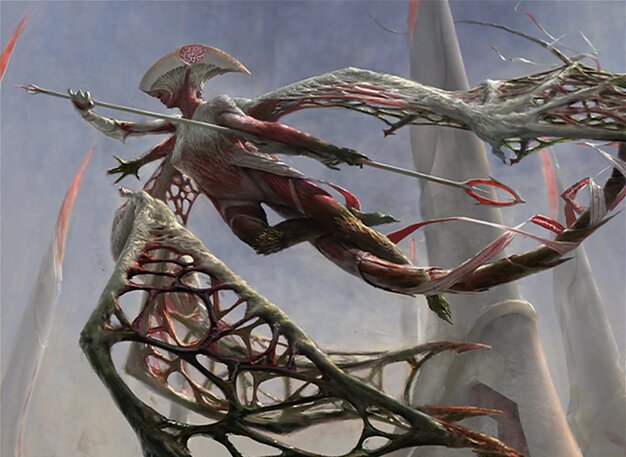
Ixhel, Scion of Atraxa
Utilizes infect creatures and poison counter synergies to quickly apply poison counters to opponents, aiming to win by reaching 10 poison counters on a single player. Uses pump spells and card advantage to accelerate the poison clock.
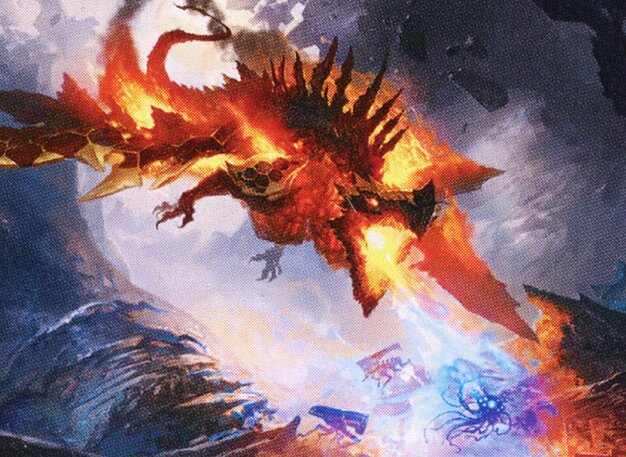
Chiss-Goria, Forge Tyrant
Focuses on artifact affinity to reduce the cost of deploying powerful artifact creatures and spells, enabling early board presence and value generation to dominate the mid to late game.
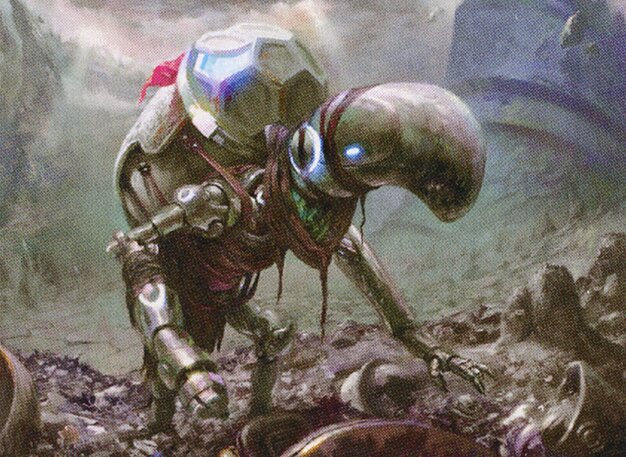
Urtet, Remnant of Memnarch
A mirror tribal deck that ramps and draws cards by tapping and multiplying mirror tokens, leveraging mana and board presence to overwhelm opponents and maintain long-term advantage.
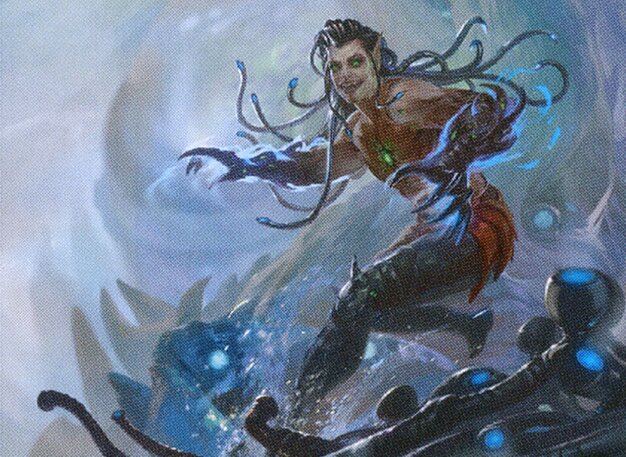
Ezuri, Stalker of Spheres
Centers around proliferating and distributing plus one plus one counters to grow a large, resilient army. Uses the commander’s ability to draw cards and maintain pressure through continuous counter synergies.
Gameplay Insights
- 1
Early application of poison counters by Ixhel pressured opponents to alter their attack and block patterns, highlighting the threat of poison as a fast alternate win condition.
- 2
Rachel’s use of artifact affinity enabled her to cast powerful creatures ahead of curve, applying significant board pressure before opponents could stabilize.
- 3
Josh’s strategy of ramping with mirror tokens allowed for explosive mana generation and card draw, setting up a resilient mid-game engine.
- 4
Jimmy’s Ezuri leveraged proliferate and counter distribution to maintain card advantage and build a threatening board state, forcing players to respond to multiple growing threats.
- 5
Players prioritized defensive plays and target selection carefully to avoid falling victim to poison counters early, demonstrating the importance of managing alternate win conditions in multiplayer Commander.
Notable Cards
-
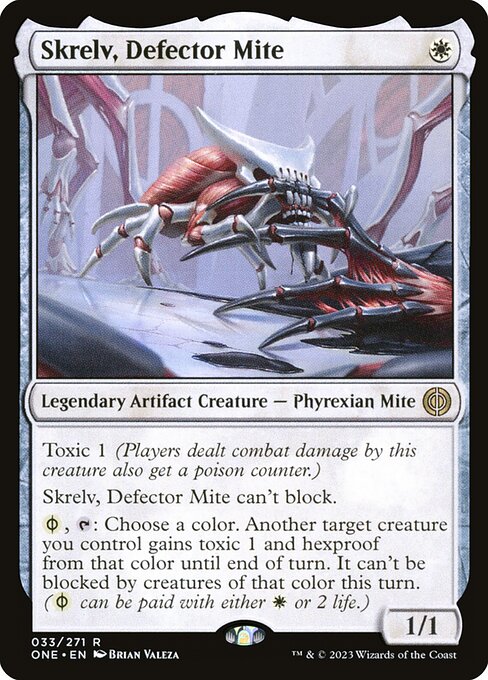
Skrelv, Defector Mite
-
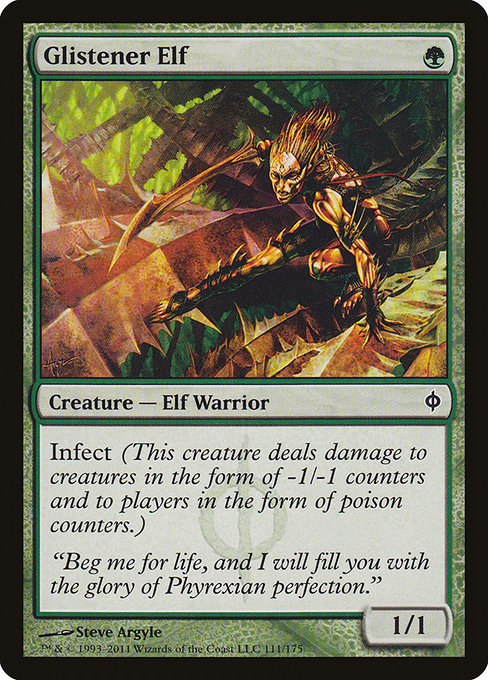
Glistener Elf
-
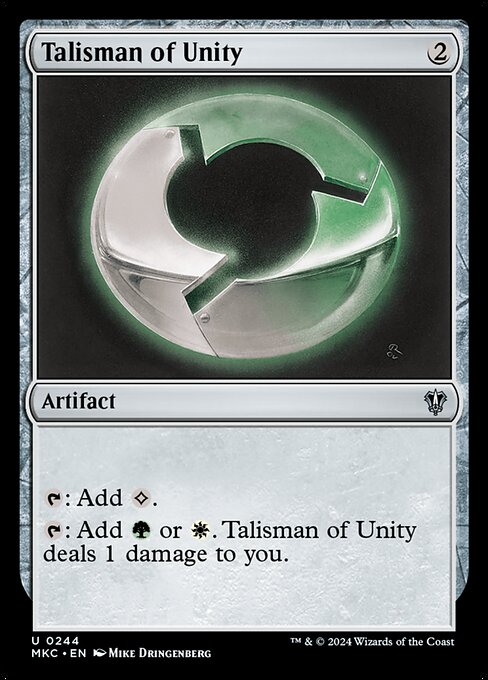
Talisman of Unity
Gameplay Summary
The game featured four players piloting distinct commanders with synergistic and thematic decks centered around the new Phyrexia: All Will Be One set.
Early turns saw Craig aggressively deploying toxic creatures with Ixhel, setting a poison clock that pressured opponents to be wary of taking early hits.
Rachel's Chiss-Goria deck leveraged artifact affinity to accelerate into powerful threats, aiming to dominate through efficient artifact synergies.
Josh’s Urtet deck focused on mirror tribal synergies, generating ramp and board presence through tapping mirrors and proliferating counters.
Jimmy’s Ezuri deck built around plus one plus one counters and proliferate effects, aiming to overwhelm with a growing army and card advantage from distributed counters. Key moments included Craig’s early poison token pressure forcing defensive plays from the table, while Rachel built a strong artifact base to bring out her commander and heavy hitters.
Josh’s mirror synergies began establishing a mana engine that could fuel mid-game explosive turns.
Jimmy’s Ezuri steadily grew a threat board with counter synergies, drawing cards to maintain momentum.
The game’s tension revolved around managing poison counters, artifact board states, and proliferate effects.
The poison decks posed immediate threats that shaped combat and targeting decisions, while artifact and counter synergies dictated resource development.
Ultimately, the game demonstrated the dynamic interplay between aggressive poison strategies and board control via counters and artifacts, highlighting the distinct win conditions and timing windows of each deck.























![Witness Epic Mono Color Duels EP:14 Odric vs Reki vs Chiss-Goria vs Tergrid [EDH gameplay] thumbnail](https://i.ytimg.com/vi/2minwtI9opo/sddefault.jpg)


























